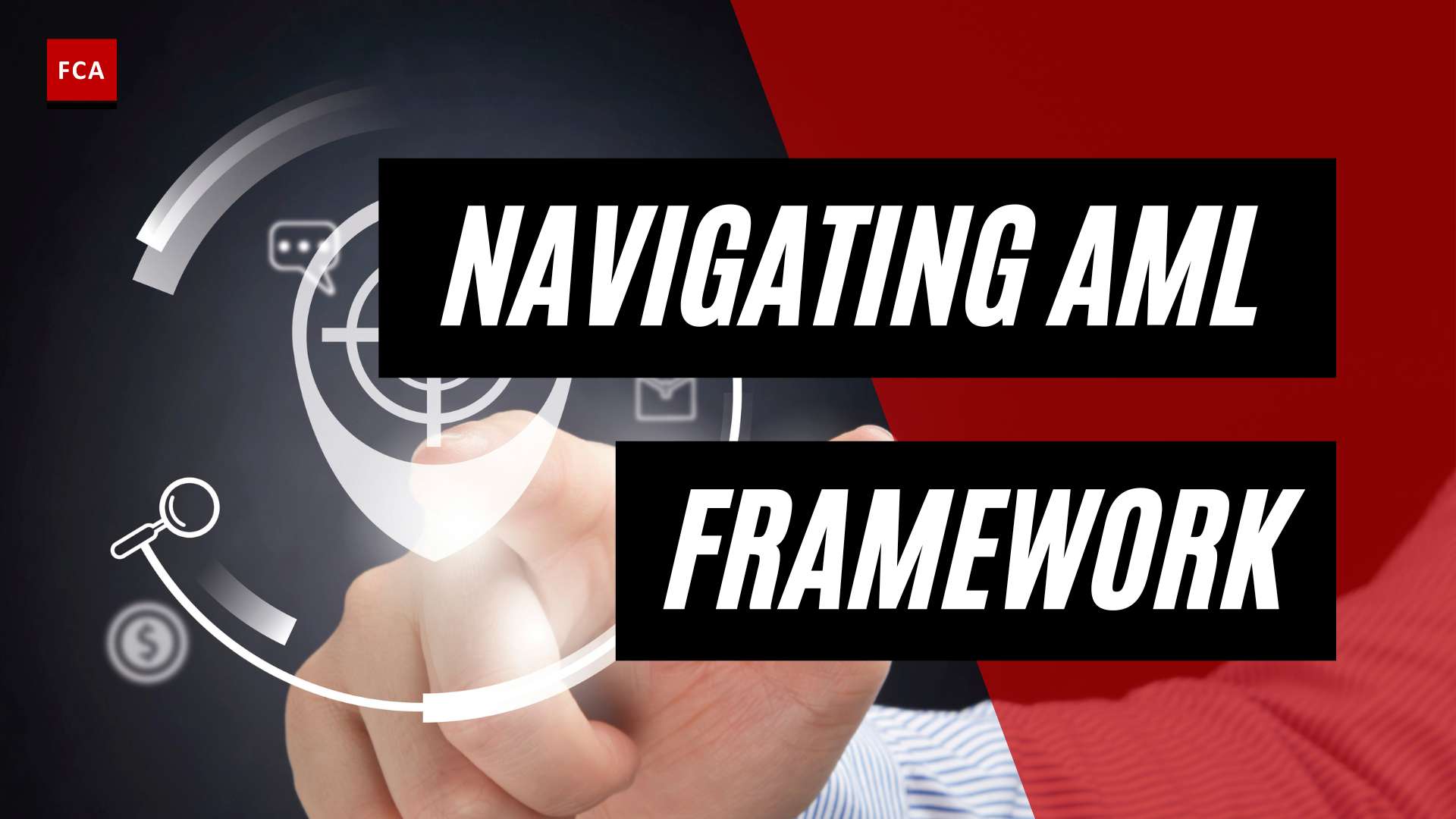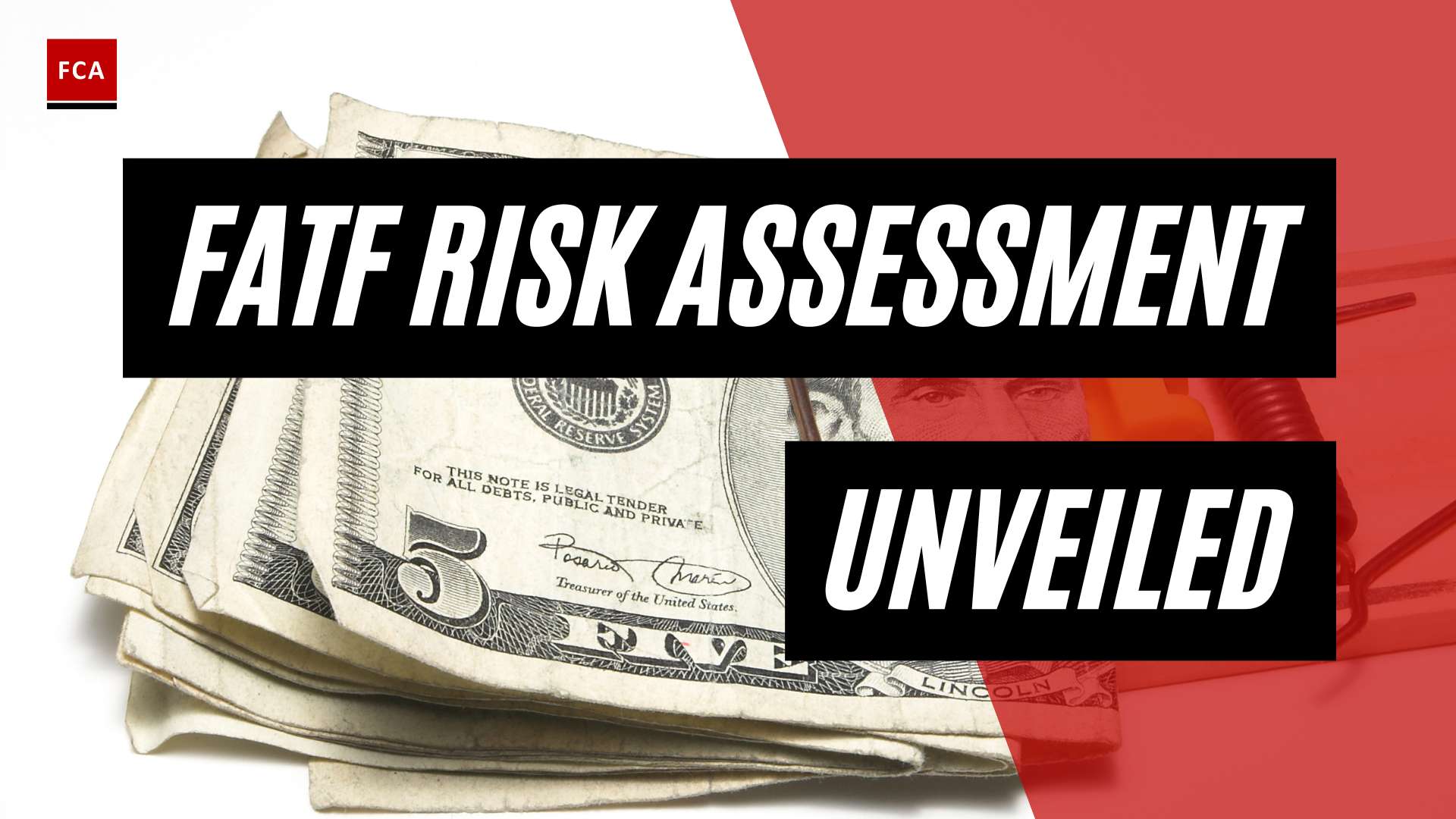Transaction monitoring is the process of reviewing and analyzing financial transactions to detect and prevent financial crimes such as money laundering, terrorist financing, and fraud. The purpose of transaction monitoring is to identify suspicious transactions, assess the risk associated with these transactions, and report any suspicious activity to the relevant authorities.
Financial institutions may monitor customer transactions in real-time via transaction monitoring, making it the most effective method for preventing financial crime. A risk indicator shows or suggests the potential for suspicious conduct. However, it is doubtful that a single risk signal can reveal illegal activity, particularly without any further details about the consumer or transaction.
Financial institutions should take caution when adding indicators to their transaction monitoring systems because the introduction of stand-alone, broad indicators might lead to a substantial number of false-positive alerts. Furthermore, it is important to consider these risk indicators in the context of broader data on consumer traits as well as information from the government sector.
Anti-money laundering transactions might be monitored most effectively by having an employee halt and inquire physically about each transaction a client completes. After his evaluation, the deal would only be permitted to be finished. This proposal is impractical due to the enormous amount of resources required, yet some organizations may put themselves at risk by adopting automated transaction monitoring systems or TMS.
Transaction monitoring may be a difficult compliance requirement since it requires businesses to gather and analyze vast volumes of consumer data in order to quickly and accurately identify suspected money laundering activities. Banks, financial institutions, and other required organizations may identify, report, and eventually stop criminals from utilizing their services to launder money by implementing best practices for transaction monitoring.

Transaction Monitoring Approaches
The following are the transaction monitoring approaches:
- Customer Due Diligence and Know Your Customer or CDD/KYC: The customer information that businesses must get via the customer due diligence and know your customer processes is the foundation of this transaction monitoring best practices. In order to effectively construct risk profiles, the CDD/KYC process must be able to precisely verify client identities during induction and throughout the business relationship.
The more successful the CDD, the more equipped businesses will be to use that data to create transaction monitoring criteria, identify irregularities in account activity, and eventually ascertain whether a customer is perhaps engaging in money laundering activities.
- Risk-Based Approach: Most businesses employ transaction monitoring software to manage the large volumes of data required to assess their customers’ account activity. The risk-based approach to AML/CTF, which forces businesses to modify their anti-money laundering response to reflect the degree of risk they face, offers extra special benefits when transaction monitoring software is used successfully.
In complement to the reliability and efficiency benefits that automation offers to data management in risk-based techniques, AML transaction monitoring tools may employ smart technology to arrange customers, grading them according to the level of risk they provide. Best practices recommend that higher-risk client groups be treated to stricter monitoring measures and lower-risk client groups be subjected to simpler processes.
- Transaction Profiles: Firms should maintain and update transaction profiles and create precise risk profiles to identify odd transactions better when they happen. Specific transaction profiles should include a wide range of information, such as payment restrictions, payment frequency, and expected goods and payment descriptions. Transaction profiles can be employed to detect activity with high-risk nations, PEPs, or sanctioned people to determine money laundering risk. Supporting documentation for transaction profiles should be connected to customer files when feasible.
- Documentation: The transaction monitoring procedure is the first step before suspicious activity reports or SARs are submitted and, ultimately, before criminal investigations are launched. Guidance for efficient AML transaction monitoring should stress the importance of clear documentation and record-keeping of all efficient monitoring efforts in light of the potential legal repercussions.
All elements of the monitored transactions should be documented, including the selection criteria used, the details of which parts of the transactions were deemed suspicious, and any extra information, such as notes or advice from senior management and the firm’s compliance officer. It is a best practice for transaction monitoring since thorough record-keeping and documentation will be essential to the legal process if a money-laundering inquiry is launched.

Suspicious Activity Reports
Financial institutions are responsible for alerting the authorities when they discover questionable transactions to stop potential illegal activity like the financing of terrorism or money laundering. According to compliance rules, most nations require financial institutions to submit suspicious activity reports to the relevant authorities to report suspicious activities.
Financial institutions should be aware of when and how to alert the appropriate authorities to suspicious conduct and ensure their AML program is configured to make the process as seamless as possible.
A suspicious activity report is required whenever a financial institution notices a potentially suspicious transaction from one of its customers. The financial institution typically has roughly 30 days from the time that suspicious behavior is discovered to validate and submit the SAR; however, that window may be expanded to 60 days if further supporting documentation is needed.
The following are some conditions that might cause a SAR:
- Transactions exceeding a specific amount
- Transfers of foreign currency that exceed a particular amount
- Payments or account activity that is unusual
In most circumstances, an institution’s automated monitoring system can identify suspicious behavior, but it is up to human administrators to confirm and report such activity as suspicious. Employees must be educated to identify suspicious behavior, properly fill out a SAR document, and submit it to the right authorities, which differ by region due to the necessity of human surveillance in the suspicious activity report process.
Regional differences exist in the SAR submission process, while most countries have adopted an electronic system to harmonize the approach and boost productivity. The BSA e-filing system must be used to send a FinCEN suspicious activity report in the US. To submit a SAR, employees must fill out an online form with relevant information, including transaction dates and the identities of those involved, and provide a written justification of the suspicious activity. In the UK, SARs can also be submitted on paper, although the online method is quicker and more effective.
Final Thoughts
Transaction monitoring and pattern analysis, suspicious activity reports (SARs), and investigations are all important tools in the fight against financial crimes such as money laundering, terrorist financing, and fraud. Transaction monitoring involves the systematic review of transactions for potential suspicious activity. Financial institutions use software and other tools to analyze customer transactions and identify any anomalies or patterns that may suggest illegal activity.

For example, a sudden increase in large cash deposits or transfers to offshore accounts may trigger a review. Pattern analysis involves identifying and analyzing patterns of behavior that may indicate illegal activity. This can include analyzing the transaction history of a customer or group of customers to look for patterns of behavior that may suggest money laundering or other illegal activity. SARs are reports that financial institutions are required to file with the government when they suspect illegal activity. SARs can be filed for a variety of reasons, including suspicious transactions, customer behavior, or other red flags.
Together, transaction monitoring and pattern analysis, SARs, and investigations help to detect and prevent financial crimes and protect the integrity of the financial system.









